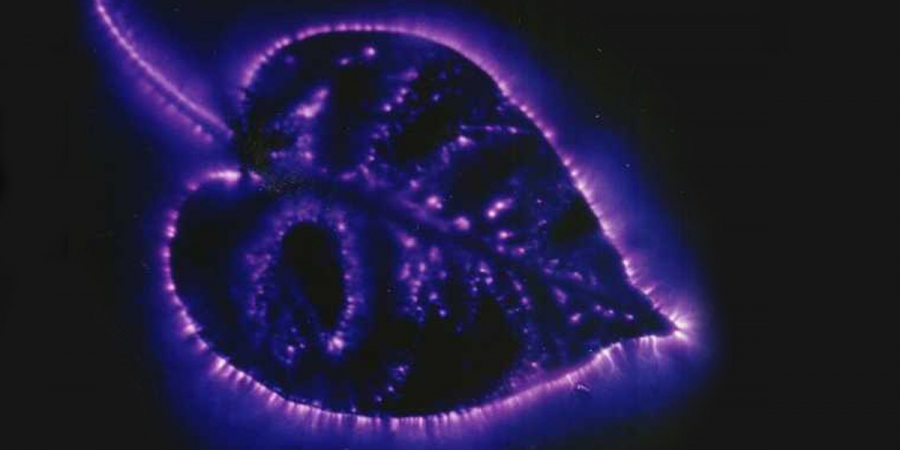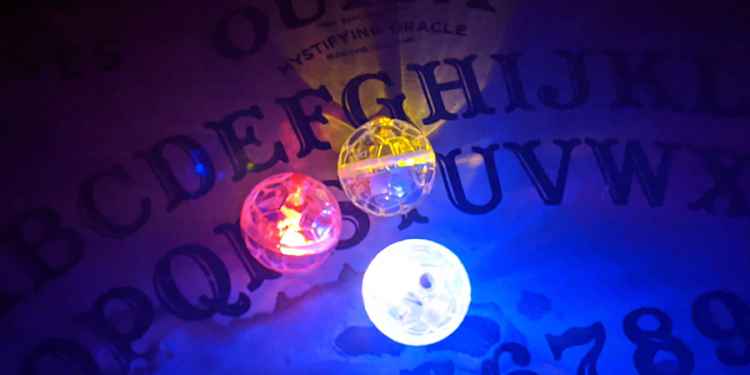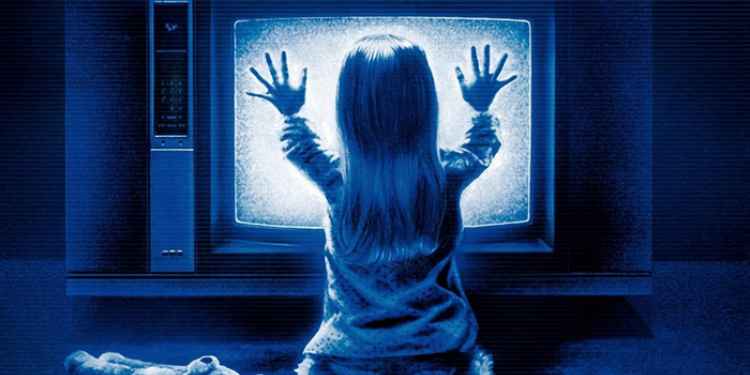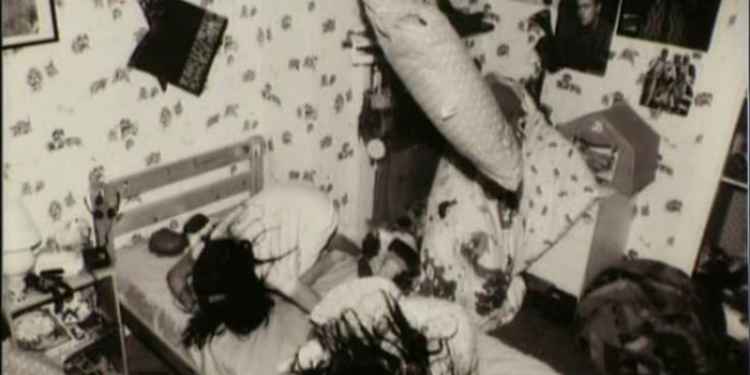
Photo: Katrin Bolovtsova

Photo: Katrin Bolovtsova
This page is more than one year old.
There's an important principle that's often brought into debates about potential paranormal evidence. This principle isn't spooky or mystical, it's a tool of logic and simplicity. This principle, known as Occam's Razor, is a methodological tool used to evaluate competing explanations for a phenomenon by favouring the one that makes the fewest assumptions.
Named after the 14th-century Franciscan friar William of Ockham from the quiet village of Ockham, near Guildford, Occam's Razor states that, when presented with multiple explanations for a phenomenon, the explanation with the fewest assumptions is usually the correct one.
This doesn't mean that the simplest answer is always right, but rather that when faced with competing explanations, the one that requires the fewest assumptions should be selected. In other words, when you hear the clip-clop of hooves, think horses, not zebras - unless, of course, you're in Africa.
Occam's Razor has helped influence scientific models and theories for centuries. The principle guided astronomers, including Copernicus, encouraging them to adopt simpler models of the universe. William of Ockham's advocacy for simplicity over complexity paved the way for the development of the scientific method, influencing fields from astronomy to biology.
How this principle becomes useful when dealing with the paranormal becomes apparent if you imagine you're in a supposedly haunted house and you hear a creaking sound. Occam's Razor would suggest that the most likely explanation is that the noises are caused by something natural, like the settling of the building, temperature changes, or even a draught, rather than the restless spirit of a former inhabitant wandering the corridors. Occam's Razor would suggest that the non-paranormal explanation is more likely, not because it dismisses the possibility of ghosts but because it relies on fewer assumptions.
Applying Occam's Razor to potential paranormal evidence during a ghost hunt involves seeking the simplest, most straightforward explanation for a piece of evidence. This means considering all natural and mundane explanations before jumping to paranormal conclusions. For example, if a door slams shut, consider if it could have been caused by a draught, uneven flooring, or someone else in the building. Before considering a paranormal explanation, make sure all natural explanations are thoroughly explored and, if possible, ruled out. This might involve recreating events or conducting controlled experiments to test various hypotheses. If, after thorough investigation, no natural explanations can adequately account for the evidence, you might consider the possibility that what you've encountered is paranormal.
Applying Occam's Razor to a well-known piece of evidence like the Brown Lady of Raynham Hall. This is one of the most famous ghost photographs ever taken. Skeptics applying Occam's Razor have suggested that the ghostly image could be due to double exposure or other photographic anomalies rather than a supernatural apparition. But just because the image COULD have been a double exposure doesn't mean for certain it wasn't a ghost, although that is the most logical explanation.
So, applying Occam's Razor doesn't mean that ghost hunters should always dismiss the possibility of paranormal activity. Instead, they use Occam's Razor to eliminate explanations that don't fit the observed evidence. If natural explanations can be conclusively ruled out after thorough investigation, then, and only then, might they consider a paranormal explanation.
In the famous Enfield Poltergeist case that unfolded in a North London home during the late 1970s, the family reported furniture moving, knockings on walls, and children levitating. Applying Occam's Razor would mean considering the explanation with the fewest assumptions, and that would be that the phenomena could have been the result of pranks by the children, auditory illusions, or natural house-settling noises rather than paranormal activity.
But again, the fact that the children could have faked the activity in the Enfield case doesn't mean for certain that they did. It's just that a childish prank is the most simple explanation that requires fewer assumptions than the fact that a poltergeist was behind the haunting. However, even this is problematic because what is deemed simple can be highly subjective and vary greatly from one person to another. For example, to a staunch skeptic, a natural explanation will always be simpler than a paranormal one. In contrast, someone with personal experiences of the unexplained might find paranormal explanations just as simple, and for them, the question of whether the supernatural exists is not an assumption but something they believe.
Occam's Razor is not a definitive rule, only a guideline. It does not prove that the simplest explanation is correct, only that it should be considered first. In the complex world of paranormal phenomena, this principle can sometimes fall short. There are instances where the simplest explanation does not account for all the facts, leaving room for more complex, and potentially paranormal, interpretations.
Applying Occam's Razor in paranormal research doesn't mean ignoring the unexplained or dismissing it outright, it means starting with the most straightforward explanations and working from there. It encourages skepticism - a healthy trait in any investigator - and helps to avoid jumping to conclusions based on insufficient evidence.
More Essential Parapsychology
See All
ArrayOctober 11, 2024
The Reality Behind Kirlian Photography’s Glowing Auras

ArrayOctober 07, 2024
Could Retroactive Psychokinesis Allow Us To Influence The Past?

ArrayOctober 05, 2024
What Spontaneous Cases Are & Why Parapsychologists Research Them
Further Reading
Dive into the world of the paranormal and unexplained with books by Higgypop creator and writer Steve Higgins.

Hidden, Forbidden & Off-Limits
A journey through Britain's underground spaces, from nuclear bunkers to secret wartime sites.
Buy Now
The Ghost Lab: Paranormal Meets Science
A critical examination of ghost hunting tools and their scientific foundations.
Buy NowMore Like This

ScienceMarch 10, 2025
What Ghost Hunters Mean When They Talk About Dimensions

Ghost HuntingJanuary 26, 2025
These Are The Ghost Hunting Gadgets You Should Avoid If You Want To Be Taken Seriously As An Investigator

GamesDecember 09, 2024
Poltergeist Quiz
 See More on Audible
See More on Audible


Comments
Want To Join The Conversation?
Sign in or create an account to leave a comment.
Sign In
Create Account
Account Settings
Be the first to comment.